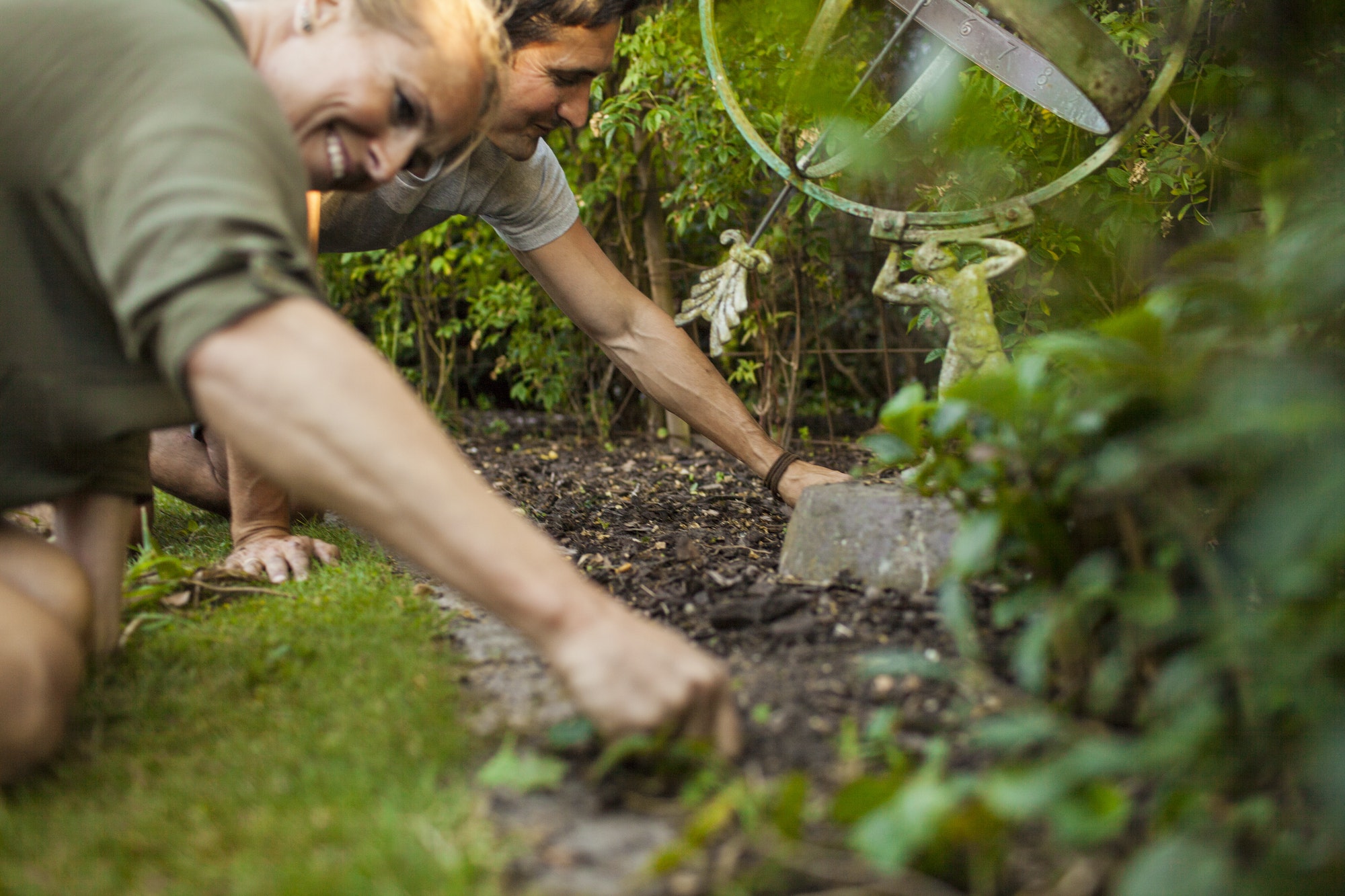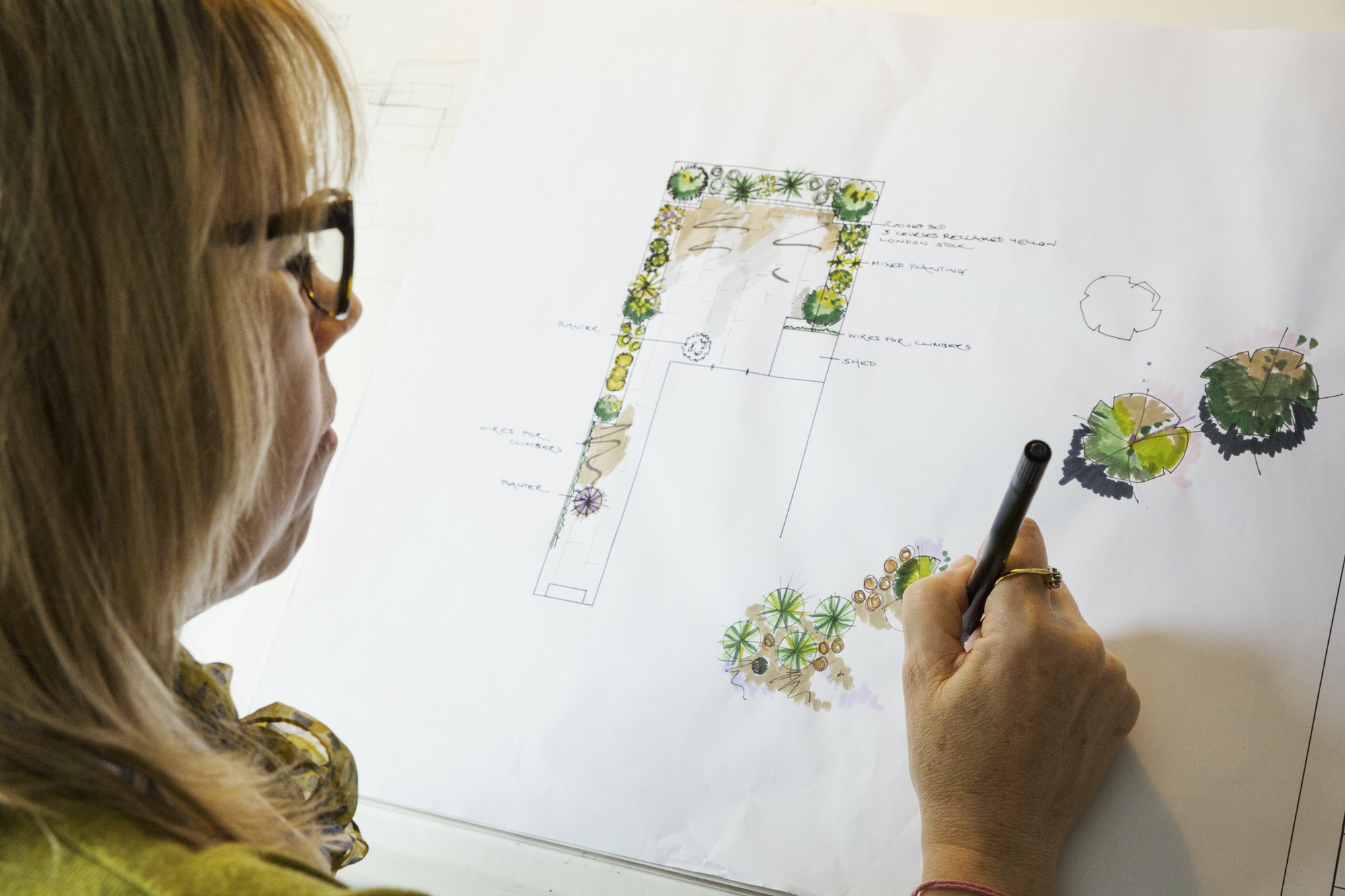Introduction: Brambles, with their thorny stems and invasive nature, can quickly take over a garden if left unchecked. These resilient plants not only compete with desirable vegetation for space and nutrients but also pose a physical hazard with their sharp thorns. However, with proper techniques and persistence, you can effectively manage and eliminate brambles from your garden landscape.
Understanding Brambles: Brambles encompass a variety of species within the Rubus genus, including blackberries, raspberries, and dewberries. While they are known for their delicious fruits, their rapid growth and ability to spread through underground rhizomes and above-ground runners make them formidable adversaries in the garden.
Identifying Brambles: Before taking action to eliminate brambles, it’s crucial to accurately identify them. Brambles typically have thorny stems, serrated leaves, and produce clusters of small white or pink flowers, followed by edible berries. Proper identification ensures targeted treatment and prevents unintentional harm to desirable plants. Killing brambles
Assessing the Infestation: Determine the extent of the bramble infestation in your garden. Are they isolated to specific areas or have they spread throughout the landscape? Understanding the scope of the problem will help you devise an effective eradication strategy.
Manual Removal: For small infestations or areas with limited access, manual removal can be effective. Wear thick gloves and long sleeves to protect yourself from thorns, then use pruning shears or a sharp knife to cut the bramble stems as close to the ground as possible. Remove the entire plant, including the roots, to prevent regrowth.
Chemical Control: In cases of extensive infestation, chemical control may be necessary. Selective herbicides containing glyphosate or triclopyr are effective against brambles. Follow the manufacturer’s instructions carefully and apply the herbicide directly to the foliage of the brambles, avoiding contact with desirable plants. Repeat applications may be necessary to fully eradicate the brambles.
Smothering: Another method to kill brambles is by smothering them with mulch or landscaping fabric. Cover the affected area with a thick layer of organic mulch or lay down landscaping fabric to block sunlight and prevent bramble growth. This method is most effective for suppressing new growth rather than eliminating established brambles.
Preventing Regrowth: After removing or killing brambles, take steps to prevent their regrowth. Regularly inspect the area for any new shoots or regrowth and promptly remove them. Maintain a healthy garden environment by mulching, watering, and fertilizing appropriately to discourage brambles from returning.
Conclusion: Killing brambles requires a combination of techniques tailored to the specific situation. Whether through manual removal, chemical control, or smothering, persistence is key to successfully eradicating these invasive plants from your garden. By understanding their biology and implementing targeted strategies, you can reclaim your garden space and enjoy a bramble-free landscape.
This article is provided by



